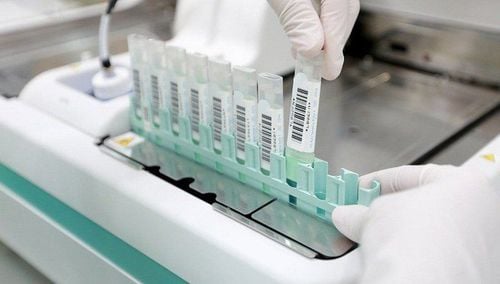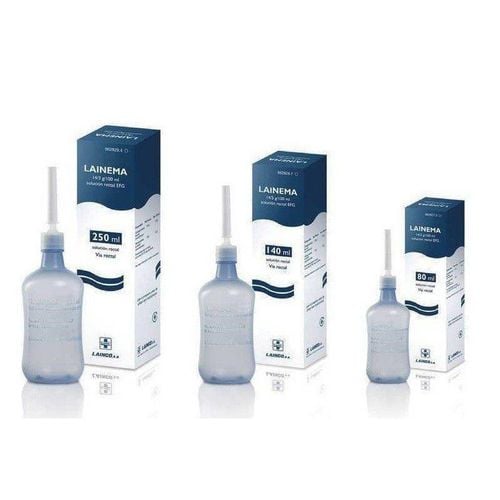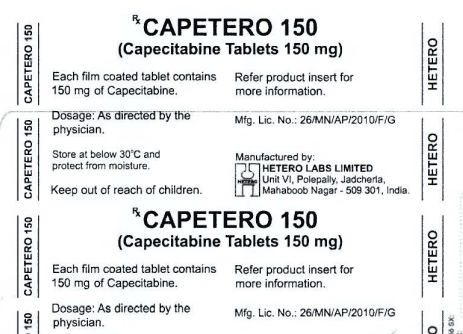This is an automatically translated article.
Post by Master, Doctor Mai Vien Phuong - Gastrointestinal endoscopy - Department of Medical Examination & Internal Medicine - Vinmec Central Park International General Hospital.Colorectal cancer develops through adenocarcinoma sequencing, offering an opportunity to prevent cancer by eliminating precursor lesions. With new evidence regarding increased adherence, newer methods for colorectal cancer screening hold the promise of even greater promise.
1. Criteria for colorectal cancer screening tests
The “ideal” colorectal cancer screening test should be noninvasive, sensitive, specific, safe, readily available, convenient, and inexpensive. For colorectal cancer screening, there are many approved trials and strategies, each with strengths and weaknesses. In some cases, the “best” screening test may be considered a test that is acceptable to the patient and is completed.
2. Types of colorectal cancer screening
One approach to colorectal cancer screening tests is to divide them into 1-step (direct) screening (i.e. colonoscopy, diagnostic and therapeutic) or screening 2 steps require endoscopy if positive, to complete screening. All screening tests other than colonoscopy are 2-step screening. A major limitation of colorectal cancer screening tests that are not based on colonoscopy (eg, stool-based, flexible sigmoidoscopy, virtual colonoscopy, or capsule endoscopy) is that A positive test requires a follow-up endoscopy. This 2-step screening method represents an ongoing screening process, requires robust system-based support to complete the screening process, and is more effectively applied in organized screening.
In the United States, there are very few health care systems of organized choice, screening programs, and most screening is done with a 1-step opportunistic approach. Because the guideline's focus is on providers practicing in the United States, the review highlights the colorectal cancer screening options currently in use. Mainly includes colonoscopy and, in an organized setting, stool immunohistochemistry (fecal occult blood test). Other 2-step tests such as flexible sigmoidoscopy, multifocal fecal DNA testing, virtual colonoscopy are reserved for individuals who are unwilling or unable to have colonoscopy or occult blood tests stool, or who do not have an incomplete colonoscopy (virtual colonoscopy or capsule endoscopy). Comparative efficacy studies are lacking.
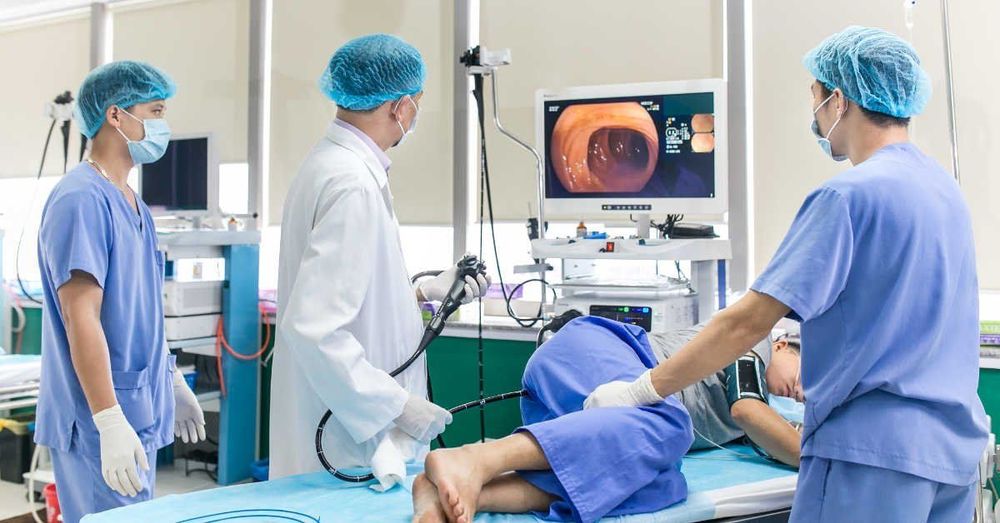
2.1. 1 step screening
Colonoscopy
Colonoscopy is the most commonly performed gastrointestinal procedure in the United States. It not only allows early cancer detection, but also detection and removal of polyps, and long-term protection from colorectal cancer morbidity and mortality. A systematic review of 6 observational studies reported a 69% (95% confidence interval [CI] 13%–78%) reduction in overall colorectal cancer incidence and a 68% reduction ( 95% CI 57%–77%) in colorectal cancer mortality associated with screening colonoscopy.
In the Journal of Health and Medical Research, Nishihara et al. reported an overall reduction in colorectal cancer mortality after screening colonoscopy (hazard ratio [HR] 0.32; KTC 95% 0.24–0.45) and reduced mortality from proximal colon cancer (HR 0.47; 95% CI 0.29–0.76). In a case-control study among US veterans, Kahi and Pohl et al reported a 70% reduction in colorectal cancer mortality with screening colonoscopy (odds ratio [OR]) 0.30; 95% CI 0.24–0.38) including a 52% reduction in proximal colorectal cancer mortality (OR 0.48; 95% CI 0.35–0.66) in Veterans exposed to screening colonoscopy.
An integrated case-control study with members of Kaiser Permanente reported a 67% reduction in the risk of dying from colorectal cancer (OR 0.33; 95% CI 0.21–0.52), with a reduction 65% of proximal colorectal cancers (OR 0.35, 95% CI 0.18–0.65). Brenner et al. reported a 91% (95% CI 87%–93%) reduction in the incidence of colorectal cancer, including a 78% reduction in the incidence of proximal colorectal cancer (95% CI 67%–86%). in a German population-based study of screening endoscopy.
2.2 Screening 2 step approach
Stool-based test
Much progress has been made in stool-based tests for colorectal cancer screening. The fecal occult blood test has been largely superseded, with greater sensitivity for colorectal cancer. The fecal occult blood sampling technique is easier, as many tests require a single stool sample and it has a higher compliance. Both qualitative and quantitative fecal occult blood tests are commercially available, with the option to set detection thresholds for quantitative tests based on population risk.
Multitarget Stool DNA Test
The Multitarget Stool DNA Test (mtsDNA) is an FDA approved stool test that includes testing for mutant KRAS, methylated BMP3, methylated NDRG4 and methylated NDRG4. fecal occult blood test for hemoglobin. The interrupt value is calculated by the analytical regression algorithm. In a study of 9,989 average-risk individuals undergoing colonoscopy that compared the diagnostic accuracy of the mtsDNA test with only the fecal occult blood test, which was more sensitive for detecting colorectal cancer. colon (92% vs 74%), advanced adenomas (42% vs 24%) and SSL ≥10 mm (42% vs 5%). However, the specificity was lower for detecting colorectal cancer or advanced lesions (87% vs 95%). The specificity of the mtsDNA test decreases with increasing patient age.
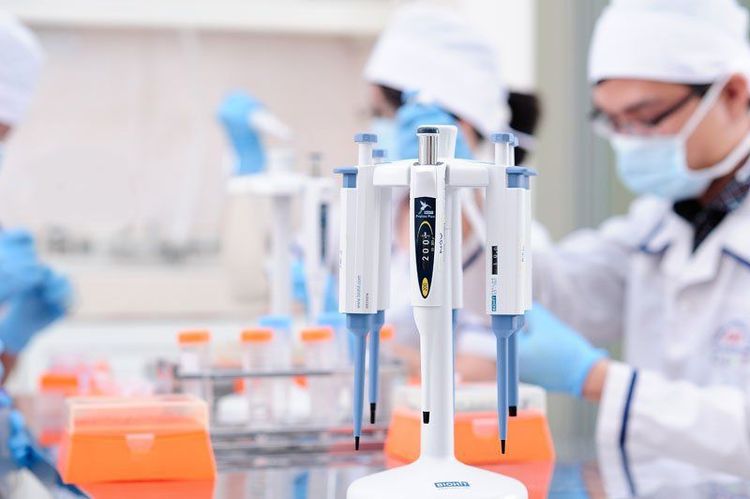
Flexible sigmoidoscopy
Flexible sigmoidoscopy allows direct assessment of the left part of the colon and if adenomas are found, referral for colonoscopy is required. Four large randomized trials of flexible sigmoidoscopy screening with comparable 10–13 years follow-up have been published.
Two trials, from the UK (Flexi Scope trial) and Italy (SCORE), provided a one-time flexible colonoscopy to participants aged 55–64 years and reported rates The incidence of colorectal cancer decreased by 23% and 18% and the mortality rate from colorectal cancer was 31% and 22% respectively. The US trial (Prostate, Lung, Colorectal and Ovarian [PLCO]), included participants 55–74 years of age and provided 3–5 flexible sigmoidoscopy screening. once a year, reports that the incidence of colorectal cancer is reduced by 21% and the mortality rate from colorectal cancer is by 26%.
A trial from Norway compared a disposable flexible sigmoidoscopy plus a fecal occult blood test or a disposable flexible sigmoidoscopy with no screening and showed comparable colorectal cancer morbidity and mortality with the 2 strategies. In this study, screening via flexible sigmoidoscopy reduced colorectal cancer incidence by 20% and colorectal cancer mortality by 27% at 11 years of follow-up.
A systematic review reported that the greatest reduction in colorectal cancer mortality from flexible sigmoidoscopy screening was seen for distal colorectal cancer, approximately 37 %. A recent study of integrated flexible sigmoidoscopy trials reported no reduction in colorectal cancer incidence or mortality in women 60 years of age and older.
In an updated follow-up of the Norwegian AP capsule endoscopy NOR trial, the authors also reported no reduction in colorectal cancer incidence or mortality with screening by flexible sigmoidoscopy in patients with colorectal cancer. women. Screening rates for flexible sigmoidoscopy have decreased in the United States for the following reasons: the infrastructure required is similar to colonoscopy, it does not examine the entire colon but requires a colonoscopy colon for those with adenoma findings and the lack of sedation makes the procedure uncomfortable. Given recent evidence of lower efficacy in women and practical issues of scheduling and availability, flexible sigmoidoscopy should be considered a screening test for those who do not want colonoscopy. colon or fecal occult blood test.
3. Imaging tests that replace colonoscopy or fecal occult blood tests
Virtual colonoscopy and capsule endoscopy are the 2 non-endoscopic screening tests in this category. The diagnostic accuracy of virtual colonoscopy in intermediate-risk screenings has been evaluated in multiple studies. Sensitivity ranges from 68% to 98% for lesions 6 mm and 67%-94% for lesions 10 mm, while specificity ranges from 80% to 93% for lesions 6 mm and 86%–98% for lesions ≥10 mm ( 63.64 ). However, the diagnostic accuracy of virtual colonoscopy for SSL was significantly lower than that of colonoscopy (3.1% vs 0.8% for colonoscopy and virtual colonoscopy). ).
A recent efficacy comparison study of virtual colonoscopy and capsule endoscopy enrolled 321 people at 14 medical centers. It is reported that the sensitivity of virtual colonoscopy and capsule endoscopy for polyps ≥6 mm is 32% and 84%, respectively, and for polyps ≥10 mm is 53% and 84%, respectively.
Blood test
FDA-approved methylated Septin 9 blood-based test to screen for colorectal cancer in people at average risk 50 years of age and older who refuse cancer screening methods other colorectal cancer. One screening study reported a sensitivity of 48% for colorectal cancer detection and 11% for advanced adenoma detection.
With improvements in screening tests, one small case-control study reported a sensitivity of 90% and specificity of 88% for colorectal cancer. A recent systematic review pooled 39 eligible studies and reported an aggregate sensitivity for colorectal cancer of 62% and specificity of 90%. Due to low sensitivity and lack of comparative and longitudinal data on test performance, testing is not considered the optimal screening modality at this time.
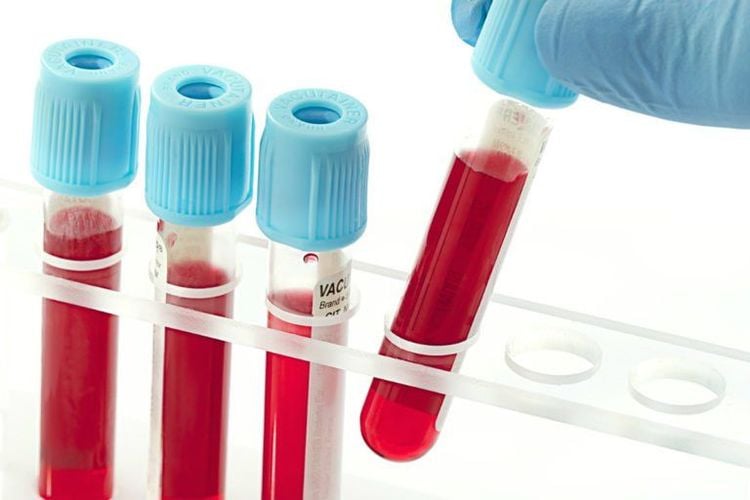
4. At what age should a colonoscopy be done if a family member has colorectal cancer?
Studies assessing colorectal cancer risk based on family history have varied significantly in the context, patient population, and risk level. An important issue is the inconsistent distinction between increased risk for individuals based on their family history and risk for an individual's family members of cancer. The former scenario is the focus of the following sections because most patients are present, or referred for screening, because of concerns about their family history of advanced colorectal cancer or polyps.
4.1. Age of the individual at risk
Several studies and meta-analyses have reported that the risk of colorectal cancer decreases as the age of the individual at risk increases. An analysis of the Nurses' Health Study and Health Professionals Follow-up reported that subjects' relative risk of having a first-degree relative with colorectal cancer decreased from 5.37 at age 30– 44 down to almost 1 after age 65.
A recent systematic review and meta-analysis analyzed nearly 9.3 million subjects from 63 studies and found that overall, a family history of colorectal cancer in acute relatives one was associated with a higher risk of colorectal cancer (hazard ratio [RR] 1.76; 95% CI 1.57–1.97).
The increased risk was more pronounced in younger people (RR 3.29 [95% CI 1.67–6.49] in <40 years vs 1.42 [95% CI 1.24–1.62) ] for ≥40 years old). Intriguing information can also be drawn from a secondary analysis of the PLCO randomized colorectal cancer screening trial, which included nearly 145,000 individuals.
Overall, a family history of colorectal cancer is associated with a slightly increased incidence of colorectal cancer (HR 1.30; 95% CI 1.10–1.50) and cancer mortality colorectal cancer (HR 1.31; 95% CI 1.02–1.69). HR for incident colorectal cancer in subjects with only 1 first-degree relative with colorectal cancer was 1.23 (95% CI 1.07–1.42). Research supports the view that the relevance of a family history of colorectal cancer declines as individuals at risk get older. Naber et al.'s cost-effectiveness analysis estimated that the risk of developing colorectal cancer in a person with 1 affected first-degree relative decreases with age, from 5-fold at the age of 30–44 to zero. there is a difference at age ≥70.
4.2. Age of the affected relative(s)
The age of the affected relative is inversely proportional to an individual's risk of colorectal cancer. Traditionally, guidelines use a dichotomous classification with age 60 as the threshold to assign a risk category (based on a 2-fold colorectal cancer risk threshold). With a recommendation for more intensive surveillance for those with a first-degree relative <60 years of age at the time of their colorectal cancer diagnosis. The recommendation to begin screening at age 40 or 10 years before the youngest relative is affected is based on the study by Fuchs et al. They show that the cumulative incidence of colorectal cancer is similar between 40-year-olds with a family history and 50-year-olds with no family history. A population-based study from Utah reported that the risk of colorectal cancer among first-degree relatives of patients diagnosed with colorectal cancer was higher when the index case was diagnosed at age <60 years. (HR 2.11; 95% CI 1.70–2.63 vs 1.77; 95% CI 1.58–1.99 for ≥60 years).
Another study from Utah found an increased risk of colorectal cancer among first-degree relatives of index cases with colorectal cancer regardless of age at diagnosis but highest when both cases index and first-degree relatives are younger. HR ranged from 1.6 to 7.0 for first-degree relatives <50 years of age (overall HR 2.28, 95% CI 1.86–2.80) and 1.7 to 2.3 for first-degree relatives. first-degree relatives ≥50 years old (overall HR 1.81, 95% CI 1.71–1.92).
A systematic review and meta-analysis estimated that the combined risk of colorectal cancer was 3.55 (95% CI 1.84–6.83) with 1 first-degree relative <50 age compared with 2.18 (95% CI 1.56–3.04) with ≥1 first-degree relative ≥50 years old. Although the difference did not reach statistical significance. Meta-analysis by Taylor et al. reported RRs of 3.31 (95% CI 2.79–3.89), 2.53 (95% CI 2.24–2.85), 2.22 ( 95% CI 2.04–2.40) and 1.97 (95% CI 1.83–2.12) with 1 first-degree relative diagnosed at age <50 years, age 50 to 59 years, age 60 to 69 years old, and from 70 to 79 years old, respectively. In contrast, a secondary analysis of the PLCO trial reported that individuals (all at least 55 years of age) with 1 first-degree relative with colorectal cancer had a comparable risk of colorectal cancer regardless of age at diagnosis in affected first-degree relatives: HR was 1.27 (95% CI 0.97–1.63), 1.33 (95% CI 1.06–1.62) and 1, 14 (95% CI 0.93–1.45) if first-degree relative was <60, 60–70, and >70 years old, respectively (trend P = 0.59).
Please dial HOTLINE for more information or register for an appointment HERE. Download MyVinmec app to make appointments faster and to manage your bookings easily.
References
Shaukat, Aasma MD et al. ACG Clinical Guidelines: Screening for Colorectal Cancer 2021. American Journal of Gastroenterology: March 2021 - Volume 116 - Issue 3 - pp. 458-479





